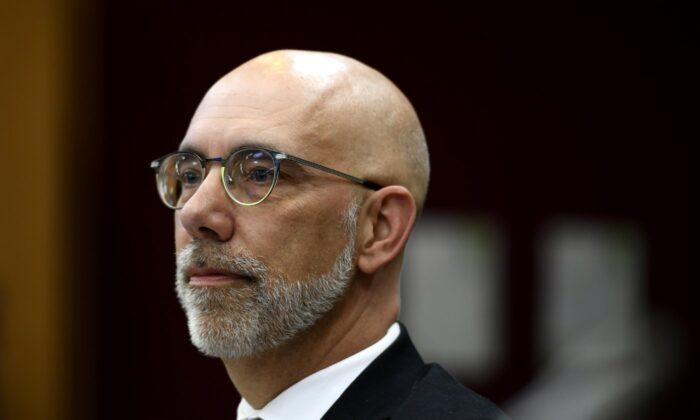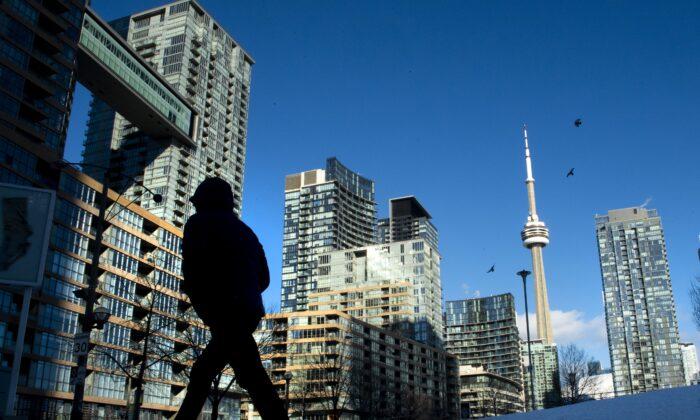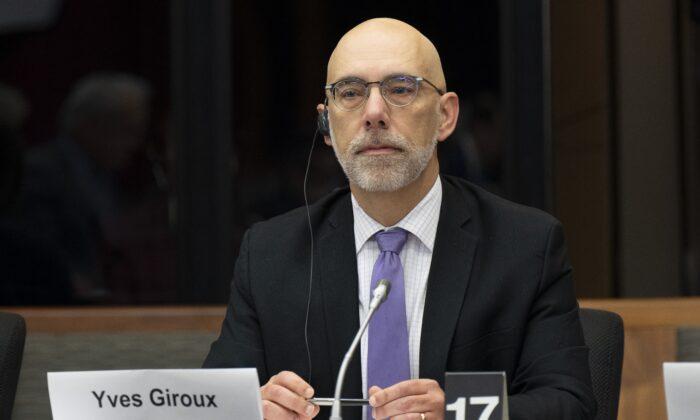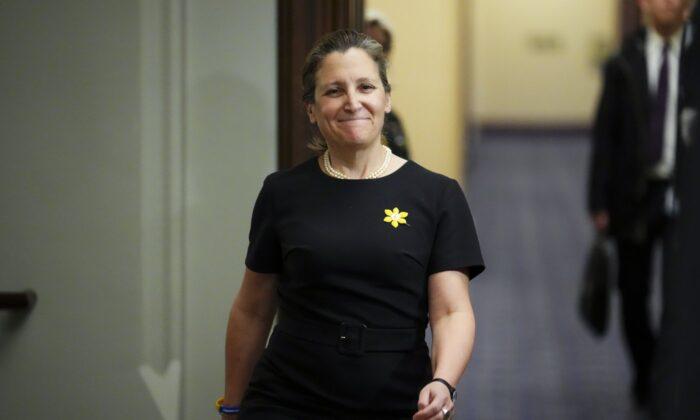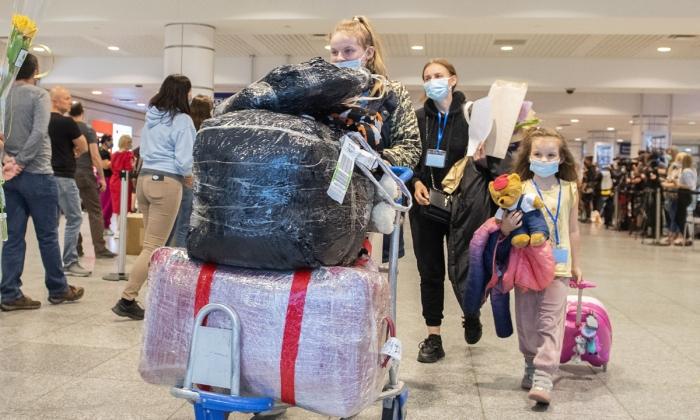The government’s increased
Canada workers benefit (CWB) is set to cost more than double at about $4 billion, and a large reason for the high expenditure is because the benefit will be released to many Canadians who are no longer eligible for it, says Parliamentary Budget Officer (PBO)
Yves Giroux.
The CWB is a refundable tax credit that low-income individuals can claim on their annual income tax returns. Those who apply early can also get up to half of their CWB payment in advance.
A
Sept. 13 statement issued by Prime Minister Justin Trudeau announcing a support package to “make life more affordable for Canadians” in the face of inflation and the rising cost of living, stated that the government would spend $1.7 billion on increasing the CWB.
“Enhancing the Canada Workers Benefit at a cost of $1.7 billion in new support for an estimated three million low-income workers this year, with a couple receiving up to $2,400 more this year, and single workers receiving up to $1,200 more,” the statement says.
However, in a report released Nov. 15 highlighting “key issues” arising from the government’s 2022 Fall Economic Statement (FES), the PBO said the benefit’s increase is likely to cost over double that amount because the government will allow advance payments to go out to individuals now earning more than the CWB’s income eligibility line.
“The substantial cost of this FES measure is largely due to the Government’s policy decision not to recoup these advance payments when recipients’ incomes rise and they become ineligible for benefits, or eligible for lower benefit,”
Giroux wrote.“Not requiring repayment of federal benefits for ineligible individuals is a pronounced departure from the existing federal tax and transfer system.”
New Spending
Finance Minister and Deputy Prime Minister Chrystia Freeland
announced in the fall economic statement that the government would be introducing $30 billion in new spending this fiscal year.
Some of the new
spending measures include doubling the GST credit for six months, which was first announced on Sept. 13, and also a new policy that will remove all interest on the federal portions of student loans and apprentice loans.
Doubling the GST credit for the next six months will represent nearly $2.5 billion of the government’s total $30 billion of new spending.
The PBO projected in a
report on Oct. 13 that the government’s deficit will reach $25.8 billion in the 2022-2023 fiscal year under current policies, based on the assumption that the government introduces no new spending measures.
“With the synchronized tightening of monetary policy by major central banks around the world to reduce high inflation, there is a risk of a more severe global slowdown, which would negatively affect the Canadian economy and federal finances,” Giroux said.
Rahul Vaidyanath contributed to this report.
